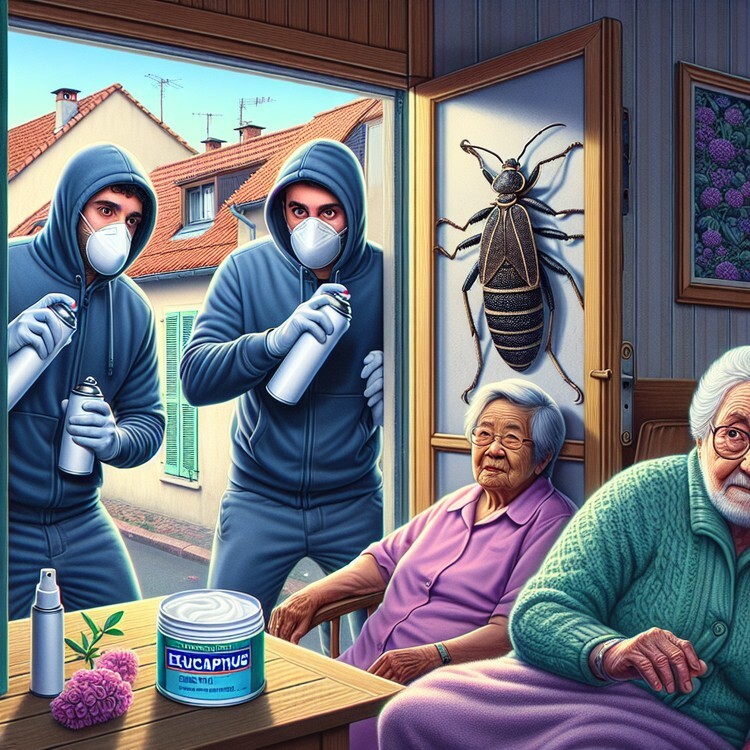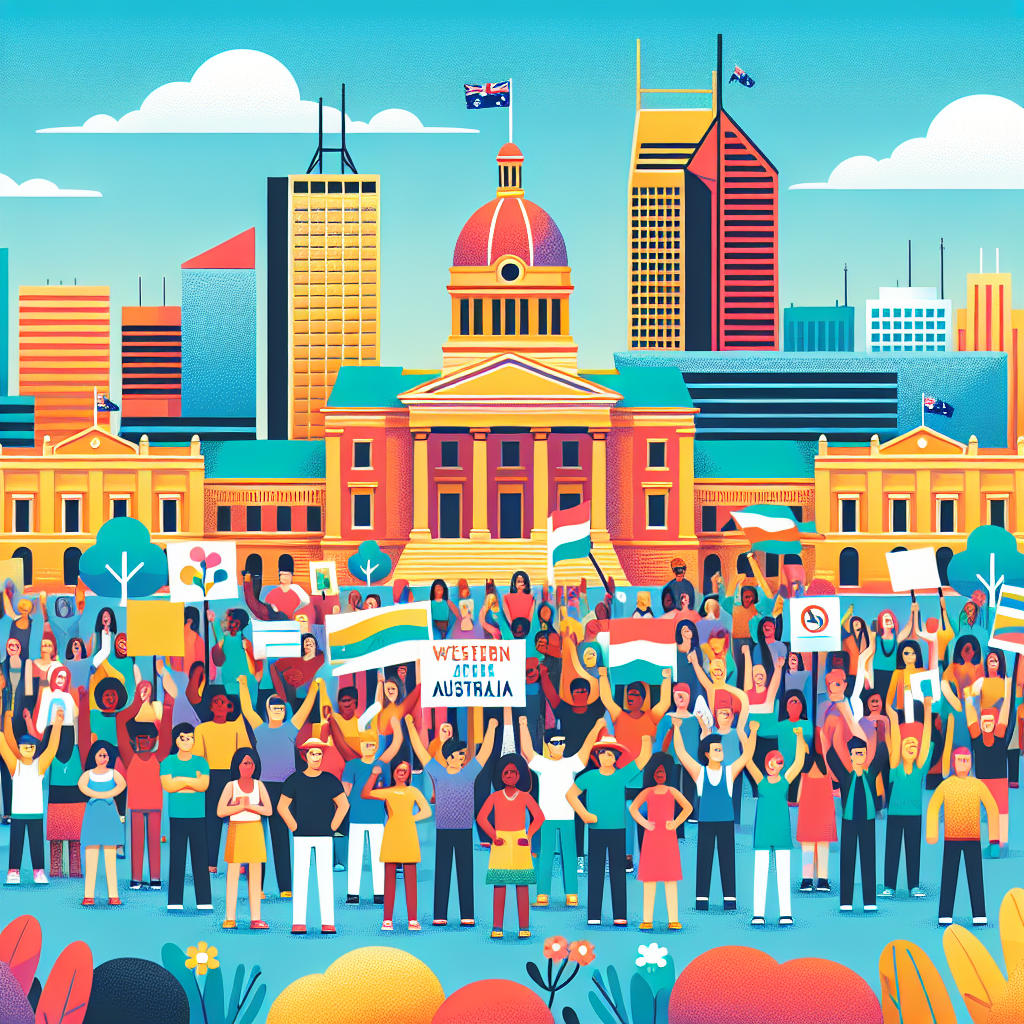In Bolivia, there have been big fires that have caused a lot of damage to the land. About 3 million hectares have been affected, which is a huge area. This has been really bad for the animals in Bolivia, because they have been left without anywhere to go and they need help. The President of Bolivia, Luis Arce, has asked for help from other countries because part of the Amazon rainforest is in Bolivia.
One place that has been hit hard is San Buenaventura, which is in the northwest of the country. The fires have destroyed crops, animals, and forests there. A farmer called Rilvert Salinas Pariamo said that the fires have been made worse by the hot weather, which has made things even worse.
Even though it’s been really tough, some people in San Buenaventura have been doing amazing things to help the animals. There are some really nice pictures that show a mum and her son looking after a raccoon, two men giving water and fruit to animals, and a raccoon enjoying the food that the locals have left out. There’s also a park ranger called Radamir Sevillanos who has been looking for animals that are hurt or stuck.
These people are showing how strong and kind their community is, even when things are really hard. It’s a reminder that we all need to work together to protect the environment and the animals that live in it. The fires in Bolivia show us how serious climate change is, and that we need to take action now.
Original news source: Bolivia wildfires: Locals care for animals affected by blazes (BBC)
Listen
Slow
Normal
Fast
Group or Classroom Activities
Warm-up Activities:
– News Summary
Instructions:
1. Divide the class into pairs or small groups.
2. Give each group a copy of the article.
3. Instruct the students to read the article together and summarize the main points in 3-5 sentences.
4. After they have finished, have each group share their summaries with the class.
– Opinion Poll
Instructions:
1. Write the following question on the board: “Do you think enough is being done to protect the environment and animals from the effects of climate change?”
2. Give each student a piece of paper and ask them to write “Agree,” “Disagree,” or “Undecided” at the top.
3. Instruct the students to walk around the classroom and ask their classmates the question, noting down their responses.
4. After a few minutes, have the students tally up the responses and share the results with the class.
– Vocabulary Pictionary
Instructions:
1. Write a list of vocabulary words from the article on the board (e.g. hectares, crops, raccoon, climate change).
2. Divide the class into two teams.
3. Have one student from each team come to the front of the class.
4. Give each student a vocabulary word from the list.
5. The students must draw a picture on the board to represent the word, while their teammates try to guess what it is.
6. The first team to correctly guess the word gets a point.
7. Repeat with new students and words until all the vocabulary words have been used.
– Pros and Cons
Instructions:
1. Divide the class into small groups.
2. Give each group a piece of paper and ask them to draw a line down the middle, creating two columns.
3. Instruct the students to discuss the pros and cons of asking for help from other countries to combat the fires in Bolivia.
4. Have the students write their ideas in the respective columns on the paper.
5. After they have finished, ask each group to share their ideas with the class and facilitate a class discussion.
– Future Predictions
Instructions:
1. Write the following prompt on the board: “What do you think will happen if we don’t take action to combat climate change?”
2. Give each student a few minutes to think about their response.
3. Instruct the students to pair up and take turns sharing their predictions with their partner.
4. After they have finished, have a few pairs share their predictions with the class and facilitate a class discussion.
Comprehension Questions:
1. How much land has been affected by the fires in Bolivia?
2. Why have the fires been particularly bad for the animals in Bolivia?
3. Who has asked for help from other countries because of the fires in Bolivia?
4. Where is San Buenaventura located?
5. What has been destroyed by the fires in San Buenaventura?
6. According to Rilvert Salinas Pariamo, what has made the fires worse?
7. What are some examples of the amazing things people in San Buenaventura have done to help the animals?
8. What does the situation in Bolivia remind us about climate change and the environment?
Go to answers ⇩
Listen and Fill in the Gaps:
In (1)______, there have been big fires that have caused a lot of damage to the land. About 3 million (2)______ have been affected, which is a huge area. This has been really bad for the (3)______ in Bolivia, because they have been left without anywhere to go and they need help. The President of Bolivia, Luis Arce, has asked for help from other (4)______ because part of the Amazon rainforest is in Bolivia.
One place that has been hit hard is San Buenaventura, which is in the northwest of the country. The (5)______ have destroyed crops, animals, and forests there. A farmer called (6)______ Salinas (7)______ said that the fires have been made (8)______ by the hot weather, which has made things even worse.
Even though it’s been really tough, some (9)______ in San Buenaventura have been doing amazing (10)______ to help the animals. There are some really nice pictures that show a mum and her son looking after a raccoon, two men (11)______ water and fruit to animals, and a raccoon (12)______ the food that the locals have left out. There’s also a park ranger called Radamir Sevillanos who has been (13)______ for animals that are hurt or stuck.
These people are showing how strong and kind their community is, even when things are really hard. It’s a (14)______ that we all need to work together to protect the environment and the animals that live in it. The fires in Bolivia show us how serious (15)______ change is, and that we need to take (16)______ now.
Go to answers ⇩
Discussion Questions:
Students can ask a partner these questions, or discuss them as a group.
1. What is a wildfire and what kind of damage can it cause?
2. How would you feel if your home was destroyed by a wildfire?
3. Do you think it’s important for countries to help each other in times of natural disasters? Why or why not?
4. What do you think motivates people to help animals in need during a crisis?
5. How would you feel if you saw someone helping an injured animal? Why?
6. What are some ways you can help protect the environment in your daily life?
7. Do you think climate change is a serious issue? Why or why not?
8. How do you think climate change affects animals and their habitats?
9. Have you ever witnessed or experienced a natural disaster? How did it make you feel?
10. What actions do you think governments should take to prevent wildfires and protect the environment?
11. Do you think it’s important for communities to come together during times of crisis? Why or why not?
12. Why do you think the article mentions that the fires in Bolivia show how serious climate change is?
13. What are some ways you can raise awareness about climate change and its impact on animals?
14. How do you think the animals in Bolivia feel after losing their homes and habitats?
15. What can individuals do to support and help animals affected by natural disasters?
Individual Activities
Vocabulary Meanings:
Match each word to its meaning.
Words:
1. fires
2. damage
3. hectares
4. animals
5. help
6. weather
7. pictures
8. community
Meanings:
(a) A group of people who live in the same area
(b) Images or photographs that show something
(c) Assistance or support given to someone in need
(d) Harm or destruction caused by something
(e) Living creatures that are not humans
(f) The conditions outside, like temperature and precipitation
(g) A unit of measurement for land area
(h) Large, destructive flames that destroy things
Go to answers ⇩
Multiple Choice Questions:
1. How many hectares of land have been affected by the fires in Bolivia?
(a) 1 million
(b) 500,000
(c) 3 million
(d) 100,000
2. Who has asked for help from other countries because part of the Amazon rainforest is in Bolivia?
(a) Rilvert Salinas Pariamo
(b) Radamir Sevillanos
(c) The local community
(d) Luis Arce
3. Where is San Buenaventura located?
(a) In the northwest of Bolivia
(b) In the southeast of Bolivia
(c) In the northeast of Bolivia
(d) In the southwest of Bolivia
4. What has been destroyed by the fires in San Buenaventura?
(a) Buildings and houses
(b) Crops, animals, and forests
(c) Rivers and lakes
(d) Roads and bridges
5. What has made the fires in Bolivia worse, according to Rilvert Salinas Pariamo?
(a) Strong winds
(b) Hot weather
(c) Heavy rain
(d) Earthquakes
6. What are some of the things that people in San Buenaventura have been doing to help the animals?
(a) Looking after a raccoon, giving water and fruit to animals, and searching for hurt or stuck animals
(b) Building shelters for animals, planting trees, and organizing fundraisers
(c) Cleaning up the debris, repairing damaged habitats, and adopting orphaned animals
(d) Educating the community about wildlife conservation, organizing awareness campaigns, and volunteering at animal rescue centers
7. What does the article remind us about?
(a) The need to ignore climate change and focus on other issues
(b) The responsibility of the government to solve environmental problems
(c) The importance of working together to protect the environment and animals
(d) The inevitability of natural disasters and their impact on wildlife
8. What does the situation in Bolivia show us about climate change?
(a) It has no impact on natural disasters
(b) It only affects certain regions of the world
(c) It can be easily solved by individual actions
(d) It is a serious issue that requires immediate action
Go to answers ⇩
True or False Questions:
1. The fires in Bolivia serve as a reminder of the urgency to address climate change and work together to protect the environment and its inhabitants.
2. The President of Bolivia, Luis Arce, has not requested assistance from other countries due to the fires affecting part of the Amazon rainforest in Bolivia.
3. Approximately 3 million hectares of land have not been affected by the fires in Bolivia.
4. The fires in San Buenaventura have been exacerbated by the hot weather conditions.
5. The fires have had a negative impact on the animals in Bolivia, leaving them without a safe place to go.
6. San Buenaventura, located in the northwest of Bolivia, has not been severely affected by the fires, resulting in the destruction of crops, animals, and forests.
7. Despite the challenges, some individuals in San Buenaventura have been actively helping the animals affected by the fires.
8. In Bolivia, there have been no large fires that have caused extensive damage to the land.
Go to answers ⇩
Write a Summary:
Write a summary of this news article in two sentences.
Check your writing now with the best free AI for English writing!
Writing Questions:
Answer the following questions. Write as much as you can for each answer.
Check your answers with our free English writing assistant!
1. What has caused a lot of damage to the land in Bolivia?
2. How many hectares have been affected by the fires in Bolivia?
3. Why have the fires been particularly bad for the animals in Bolivia?
4. Who has asked for help from other countries because of the fires in the Amazon rainforest?
5. What are some examples of the amazing things that people in San Buenaventura have been doing to help the animals?
Answers
Comprehension Question Answers:
1. How much land has been affected by the fires in Bolivia?
About 3 million hectares have been affected by the fires in Bolivia.
2. Why have the fires been particularly bad for the animals in Bolivia?
The fires have been particularly bad for the animals in Bolivia because they have been left without anywhere to go.
3. Who has asked for help from other countries because of the fires in Bolivia?
The President of Bolivia, Luis Arce, has asked for help from other countries because of the fires in Bolivia.
4. Where is San Buenaventura located?
San Buenaventura is located in the northwest of Bolivia.
5. What has been destroyed by the fires in San Buenaventura?
The fires in San Buenaventura have destroyed crops, animals, and forests.
6. According to Rilvert Salinas Pariamo, what has made the fires worse?
According to Rilvert Salinas Pariamo, the hot weather has made the fires worse.
7. What are some examples of the amazing things people in San Buenaventura have done to help the animals?
Some examples of the amazing things people in San Buenaventura have done to help the animals include looking after a raccoon, giving water and fruit to animals, and searching for hurt or stuck animals.
8. What does the situation in Bolivia remind us about climate change and the environment?
The situation in Bolivia reminds us about the seriousness of climate change and the need to take action to protect the environment and the animals that live in it.
Go back to questions ⇧
Listen and Fill in the Gaps Answers:
(1) Bolivia
(2) hectares
(3) animals
(4) countries
(5) fires
(6) Rilvert
(7) Pariamo
(8) worse
(9) people
(10) things
(11) giving
(12) enjoying
(13) looking
(14) reminder
(15) climate
(16) action
Go back to questions ⇧
Vocabulary Meanings Answers:
1. fires
Answer: (h) Large, destructive flames that destroy things
2. damage
Answer: (d) Harm or destruction caused by something
3. hectares
Answer: (g) A unit of measurement for land area
4. animals
Answer: (e) Living creatures that are not humans
5. help
Answer: (c) Assistance or support given to someone in need
6. weather
Answer: (f) The conditions outside, like temperature and precipitation
7. pictures
Answer: (b) Images or photographs that show something
8. community
Answer: (a) A group of people who live in the same area
Go back to questions ⇧
Multiple Choice Answers:
1. How many hectares of land have been affected by the fires in Bolivia?
Answer: (c) 3 million
2. Who has asked for help from other countries because part of the Amazon rainforest is in Bolivia?
Answer: (d) Luis Arce
3. Where is San Buenaventura located?
Answer: (a) In the northwest of Bolivia
4. What has been destroyed by the fires in San Buenaventura?
Answer: (b) Crops, animals, and forests
5. What has made the fires in Bolivia worse, according to Rilvert Salinas Pariamo?
Answer: (b) Hot weather
6. What are some of the things that people in San Buenaventura have been doing to help the animals?
Answer: (a) Looking after a raccoon, giving water and fruit to animals, and searching for hurt or stuck animals
7. What does the article remind us about?
Answer: (c) The importance of working together to protect the environment and animals
8. What does the situation in Bolivia show us about climate change?
Answer: (d) It is a serious issue that requires immediate action
Go back to questions ⇧
True or False Answers:
1. The fires in Bolivia serve as a reminder of the urgency to address climate change and work together to protect the environment and its inhabitants. (Answer: True)
2. The President of Bolivia, Luis Arce, has not requested assistance from other countries due to the fires affecting part of the Amazon rainforest in Bolivia. (Answer: False)
3. Approximately 3 million hectares of land have not been affected by the fires in Bolivia. (Answer: False)
4. The fires in San Buenaventura have been exacerbated by the hot weather conditions. (Answer: True)
5. The fires have had a negative impact on the animals in Bolivia, leaving them without a safe place to go. (Answer: True)
6. San Buenaventura, located in the northwest of Bolivia, has not been severely affected by the fires, resulting in the destruction of crops, animals, and forests. (Answer: False)
7. Despite the challenges, some individuals in San Buenaventura have been actively helping the animals affected by the fires. (Answer: True)
8. In Bolivia, there have been no large fires that have caused extensive damage to the land. (Answer: False)
Go back to questions ⇧













